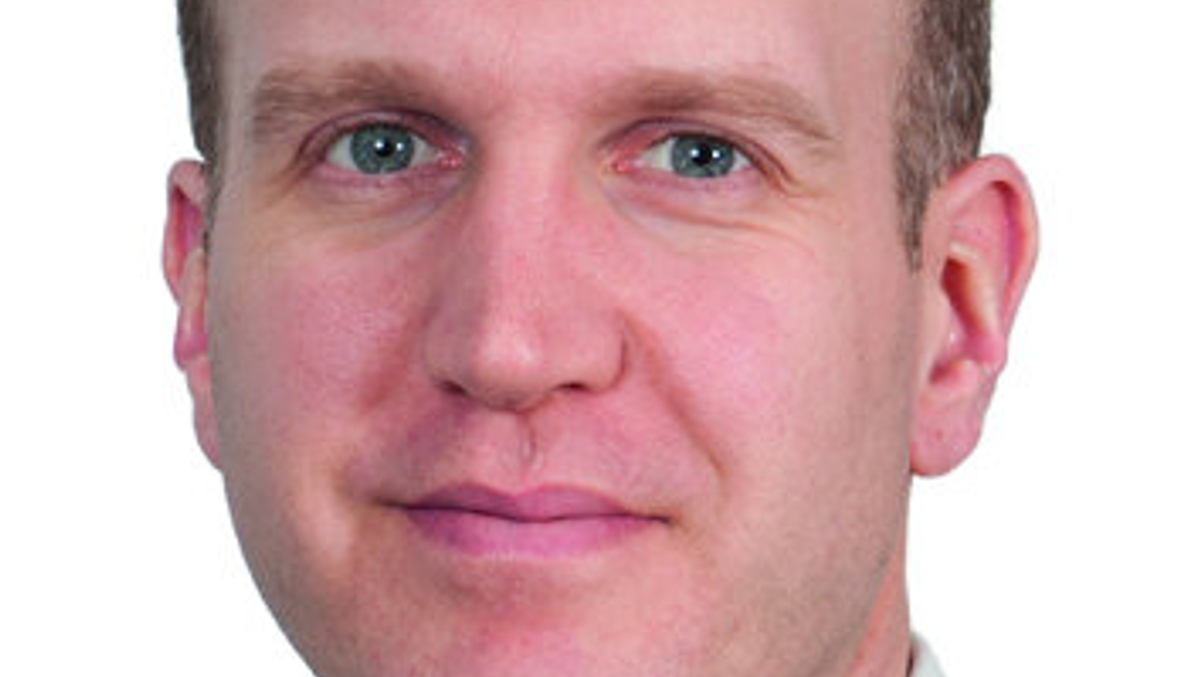Have European equities hit inflection point?
Threadneedle’s head of European equities, Philip Dicken, says passive indexing has created a good environment for stock-pickers, but expects markets to trade within a range.

At a recent conference in Asia it was suggested now may be something of an inflection point for global markets, a time for the brave long-term investor to begin placing bets on European banks.
Sign in to read on!
Registered users get 2 free articles in 30 days.
Subscribers have full unlimited access to AsianInvestor
Not signed up? New users get 2 free articles per month, plus a 7-day unlimited free trial.
¬ Haymarket Media Limited. All rights reserved.


